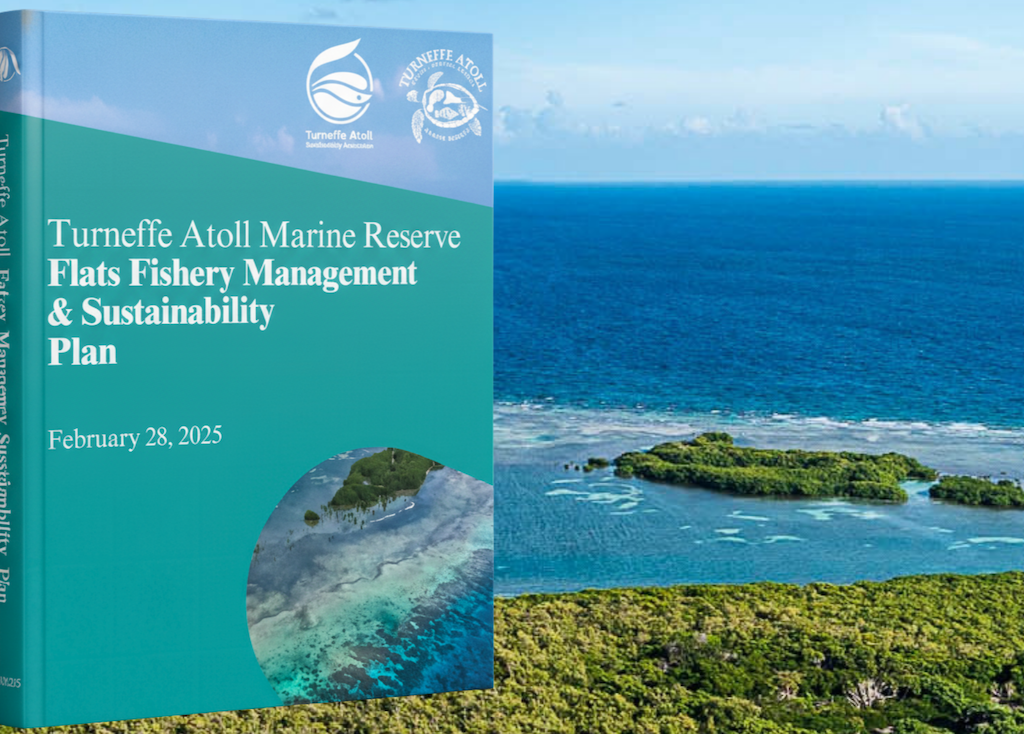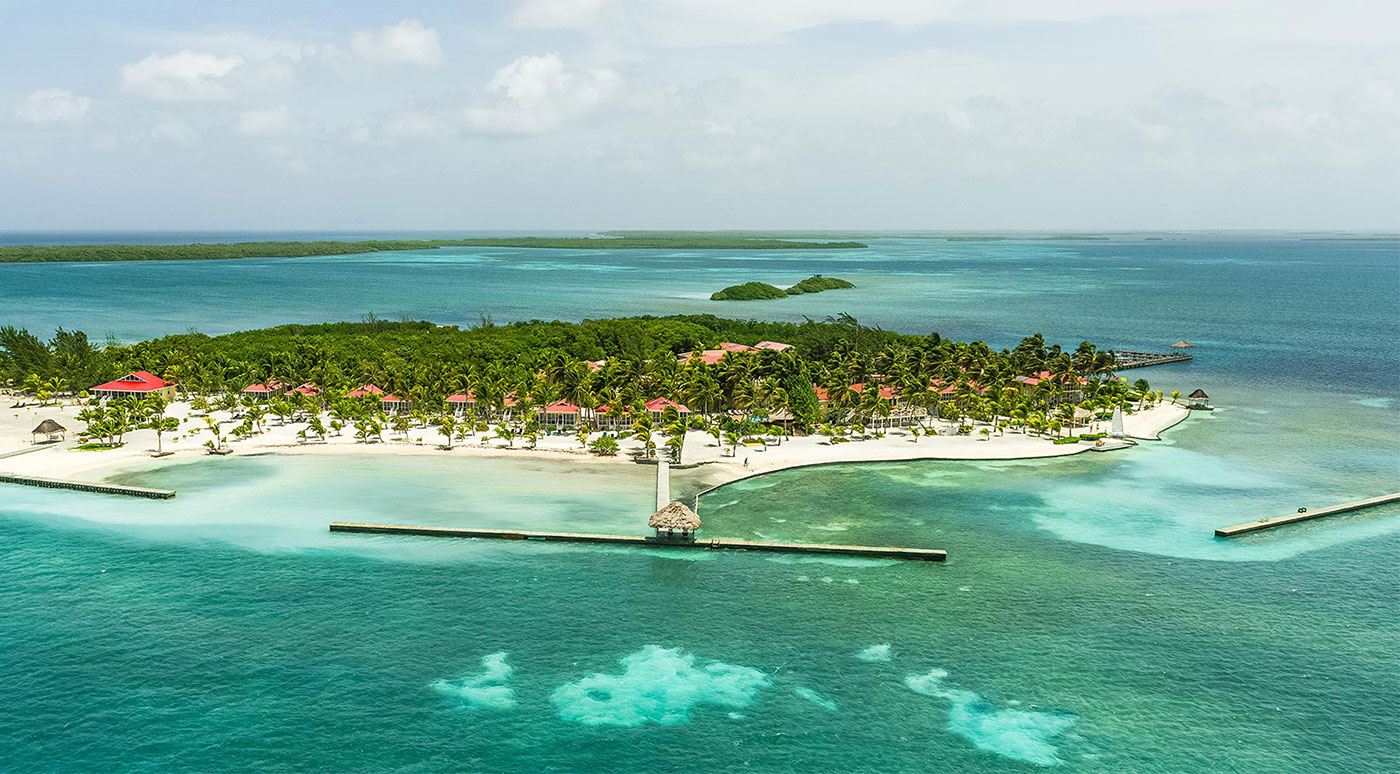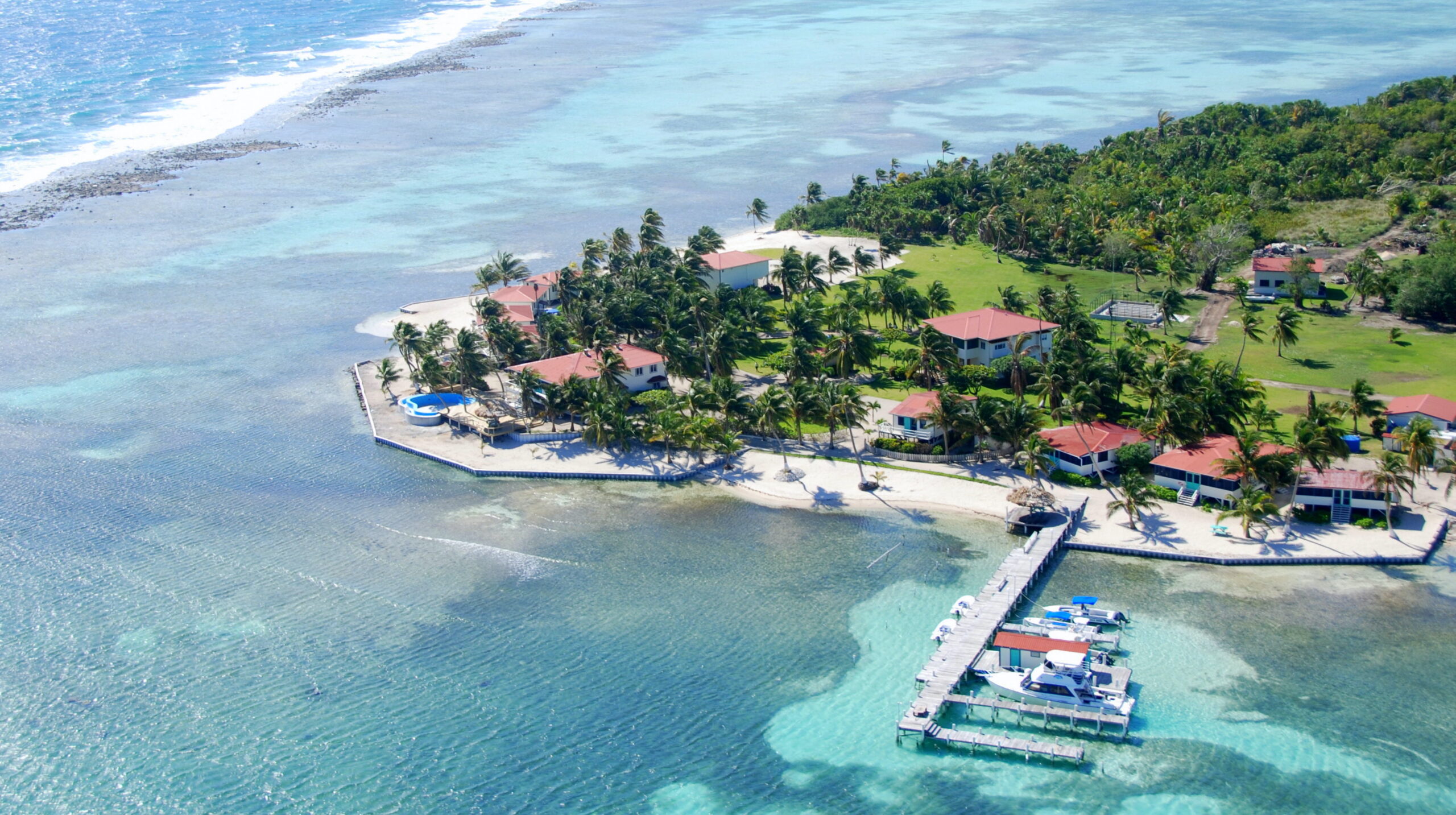Get involved
100% of your donation will go to support the work of the Turneffe Atoll Sustainability Association
Try for a Grand Slam when you flyfish in the shallow coastal waters of Turneffe Atoll, one of Belize’s premier flyfishing and bonefishing destinations.
TASA, in carrying out its mandate to manage the Turneffe Atoll Marine Reserve sought to address the issue of flats fishing, one of the most important activities in Turneffe and an area not adequately addressed in its Management Plan. In addressing this area TASA put together a team of local and international experts as well as representatives of the Fisheries Department and Coastal Zone Management Authority & Institute.
This Plan is the result of months of careful consideration by that group and was presented to TASA by unanimous agreement of the group. This Plan has been formally presented to the Belize Fisheries Department. Once it receives their approval it will become an integral part of TASA’s Management Plan for the Atoll.

Belize is renowned as a flyfishing destination, with opportunities along almost the entire length of the country’s Caribbean coastline. With tides, weather and the phases of the moon being some of the most important factors in a successful flyfishing trip, the fact that Belize has a very consistent year-round climate definitely helps. It’s not hard to see the appeal of Belize to people who enjoy flyfishing – the many shallow stretches of warm, crystal-clear water are a joy to boat across or wade through, and the most sought-after species are abundant.
This is due to Belize’s forward-looking approach to conserving the most important game fish species. Since 2009, the most popular species all fall under mandatory catch and release rules, so they must be returned to the ocean after you’ve taken your pictures. These rule changes have resulted in increased fish stocks and larger average catches.
Of all the flyfishing spots in Belize, Turneffe Atoll is perhaps the most legendary. It’s known as a great year-round fishing spot, and is especially productive. The fish here are often found in larger schools, and tend to be quite relaxed. This means that they can be approached in a shallow-draft boat with the engine turned right down, and you may even get the chance to make multiple casts towards into the same school. The fact that Turneffe Atoll is a well-managed Marine Protected Area contributes to the quality of the flyfishing experience – and by visiting to fish, you are contributing to the financial viability of the MPA.
Turneffe Atoll attracts both novice and experienced flyfishers, and the guides here have years of experience in finding the perfect spots to cast. As the largest coral atoll in the western hemisphere, Turneffe Atoll is essentially an isolated coastal marine coral ecosystem. As it lies offshore, it is also less affected by changes in the weather. The variety of habitats at Turneffe Atoll can be explored by wading, or in shallow-draft boats or skiffs. Either way, you should expect an early start

Turneffe Island Resort is your picture-postcard Caribbean luxury resort, with red-roofed cabanas and villas nestled beneath vibrant green palms, and just a few steps away from white sand and warm ocean.

Immerse yourself in the captivating charm of Turneffe Flats, an award -winning destination that seamlessly combines quality guest activities and great service, with an eco-friendly business approach.
Bonefish are a nervous species, and tend to live in shallow inshore waters. Their wariness makes them tricky to fish for – and the larger specimens found around Turneffe Atoll are particularly wily. The bonefish is also known as the “grey ghost” due to its stealthy behaviour. Although permit are known to be even harder to catch, more people catch their first permit at Turneffe Atoll than perhaps anywhere else in the Caribbean. Seeing their long fins poking out of the shallow waters of a lagoon or flat is one of the greatest thrills you’ll ever have whilst flyfishing.
Tarpon are easily the largest of the grand slam fish, and are well-known for their ability to leap out of the water. Their hard, bony mouths mean that they are difficult to securely hook, while their impressive size (up to 2.4m in length, and up to 120kg) makes for an awesome post-catch picture.
Other species which are regularly caught whilst flyfishing in the lagoons, shallows and flats, and the extensive backreef channels of Turneffe Atoll include snook, barracuda and triggerfish.
At Turneffe Atoll, all flyfishing guides adhere to the Keep Fish Wet principles, a series of science-based rules designed to minimise stress and injury for fish. These principles apply to catching, handling and releasing fish.
Keeping fish wet means minimising their time out of the water, and never touching them with dry hands so that their protective mucus layer is not damaged. Fish that are “kept wet” are more likely to survive the experience of taking a fly and being landed.
The ultimate goal for anyone who loves flyfishing is a grand slam. Definitions vary, but as specified by the International Game Fish Association (IGFA), it involves catching (and releasing) a bonefish, permit and tarpon in the same day. Successfully landing all three species between sunrise and sunset tests all your skills – feathering little flies, bringing them down gently in front of wary fish, and taking time over your approach and presentation.
You’ll need to select the correct flies, from a little toad fly for tarpon to an unweighted shrimp pattern for bonefish, and then perhaps a heavy crab pattern for permit
When you achieve a flyfishing grand slam, you receive an exclusive certificate from the IGFA.
Walk back in time as you see the mangrove forests of Calabash Caye.
Immerse yourself in the fun, educational adventure of Belize’s first snorkel trail.
Turneffe Atoll has retained its biodiversity and offers the best scuba diving in Belize.
The wreck of the Wit off Turneffe Atoll offers some of the best wreck diving in Belize.
100% of your donation will go to support the work of the Turneffe Atoll Sustainability Association